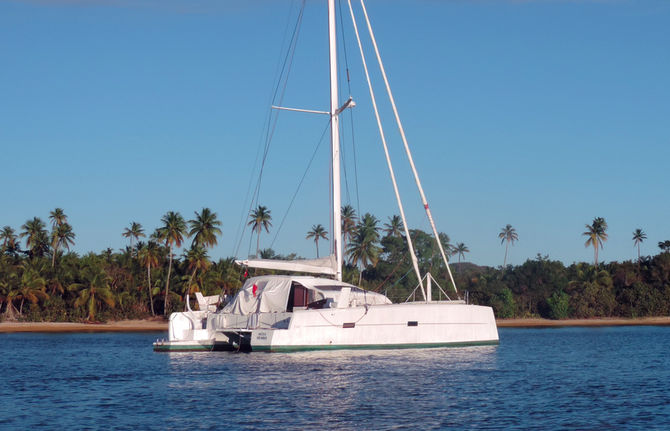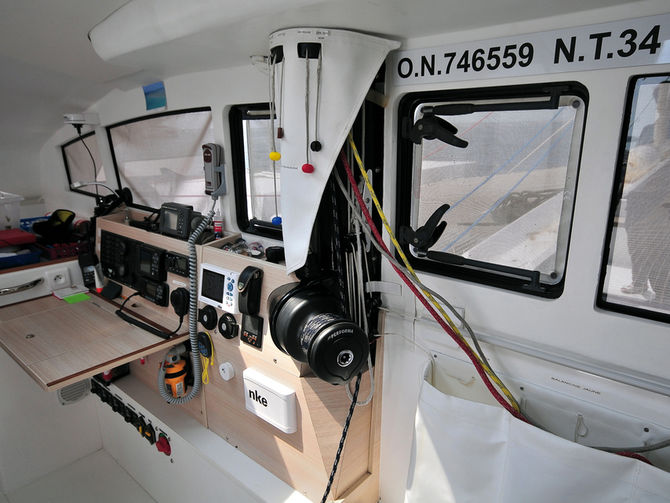
Issue #: 154
Published: July / August 2017
- Price per issue - digital : 5.70€Digital magazine
- Price per issue - print : 7.70€Print magazine
- Access to Multihulls World digital archives Digital archives
Comfortable, fast and seaworthy: multihulls - both racing and cruising - are like real nautical laboratories. Today, with the incredible developments we are seeing, we are already sailing in the future…
The evolution of multihulls can sometimes seem a bit contradictory. Their origins stem from (seemingly) basic ancient techniques and materials, but their extraordinary potential sees them incorporate the most modern components and continually push the boundaries (of speed or living space!) Some traditional creations strive to maintain a link with the original know-how and philosophy (Wharram Designs), combining them with new options offered by digital cutting and wood-epoxy composite assembly techniques. Others, such as Derek Kelsall’s KSS sandwich, provide alternatives to female mould construction, with its excessively stringent tooling requirements. Assisted sail-handling on big boats or boats with very exacting specifications which are looking for increased safety and ease of use, are another area of research and development. This is one of the aspects we wanted to look at in this feature.

This fast catamaran, exhibited at the International Multihull Show at La Grande Motte in the South of France in 2016, has been chosen for a blue water cruising by a couple (one of whom has reduced mobility). As for us, we chose it as a demonstrator of new developments especially suited to multihulls. In this owner’s collection, it follows a Corneel 26, a Louisiane, an Outremer 40-43(then its evolved version, fitted with a rotating carbon mast, carbon crossbeams and a single daggerboard well!). So the project manager has significant experience, and his physical difficulties have led him into a radical rethink of multihull understanding to achieve a catamaran which is fast, elegant and easy to use. For this, he had to call on a yard capable of getting involved with fairly complex modifications to the basic boat (Marsaudon Composites) and a pair of extremely creative technicians: Thierry Petitjean for the rigging and composites and Maxence Valdelièvre of Tenderlift for the hydraulics and electromechanical systems. The solutions put in place are described here as an example of what could be transposed onto numerous different models where the physical strength of the crew is challenged by the power of the boat; something which is often the case on cruising multihulls.

Hydraulics is the art of the movement of energy, and much like electricity, its capacity might be low, but because it can be made available across the complex structure of a multihull, its value can be much greater. If care is taken to install the hydraulic unit close to the battery bank, the benefits can be significant, because a hydraulic hose is 8 times lighter than an equivalent electric cable of large section! This source of remote power is therefore a no-brainer, even before you consider the cost and scarcity of copper. Mechanical action is effected by the intermediary of small rotary motors or rams, all controlled by a low-voltage ...
What readers think
Post a comment
No comments to show.